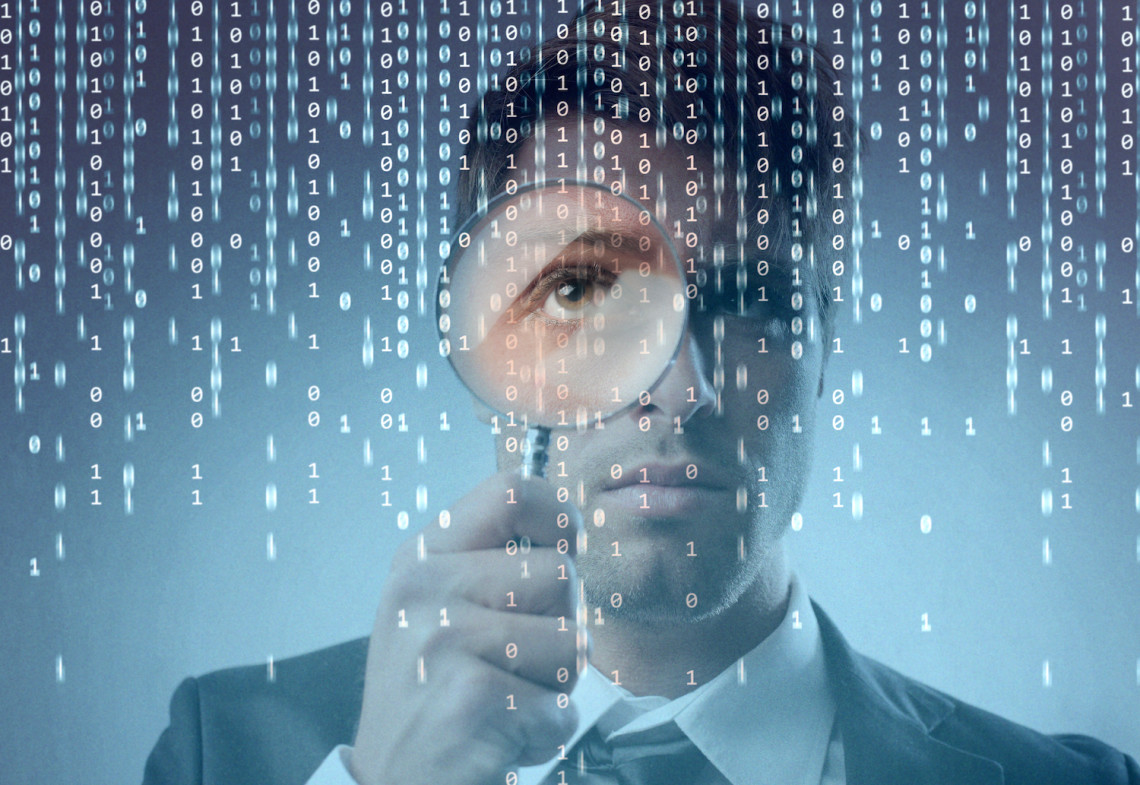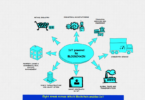Matthew Spoke is a senior consultant at Deloitte Canada and is actively involved in the company’s internal initiative to explore uses of blockchain technology in accounting. Here, in an article co-authored with his colleague Shannon Steele, he explores why a blockchain-based audit system is the future of accounting.
Following the Enron Scandal in October of 2001, something unprecedented happened. For the first time in its modern history, although for a short period, the global audit industry lost its most precious asset: public trust. Although the industry has since recovered, and the rules have changed to limit the risk of another scandal of similar proportions, the potential for auditor fraud, as uncovered in 2001, still remains.
Over the course of the evolution of financial markets, primarily in the 20th and 21st centuries, there was an obvious and increasing need for a system of public accountability. Traditional methods of accounting and bookkeeping allowed companies to record and report their financial information in a standardized format that could be more easily digested by public investors; but without adequate trust, the public was often left at the mercy of self-interested businesses. Enter auditors.
The role of the auditor
An audit is quite simply an opinion provided on the financial statements of a company based on pre-determined accounting guidelines (most commonly International Accounting Standards). The role of the auditor is to provide the trusted voice that states that opinion. On this, an enormous and lucrative industry has been built, with the majority of large players in global financial markets being audited by the “Big Four” (Deloitte, PwC, Ernst & Young, KPMG).
“Bitcoin, the most common use of a blockchain, has proven to be tremendously valuable as a network for broad transparency and security”
To be clear, the intention of this article is not to suggest that the public trust placed in auditors has been compromised or misplaced. In fact, I am suggesting quite the opposite. Because of our trusted roles, I’m suggesting that auditors are best positioned to shift the paradigm from one of trust to one where trust is required less and less.
The evolution of bitcoin, and more broadly of distributed ledgers, has been discussed as being potentially disruptive in the context of many major industries. In different scenarios, significant variations of blockchain architectures have been suggested. Bitcoin, the most common use of a blockchain, has proven to be tremendously valuable as a network for broad transparency and security, where public participation and visibility is essential.
On the opposite end of the spectrum have emerged private solutions that share common characteristics of blockchains but that have greater flexibility for data privacy and authorized access. Across this spectrum (from fully public to private) lies the solutions to many of the world’s centralized data problems, including financial reporting and auditing. Although I don’t claim to yet have that solution, I am confident that such a solution will soon emerge that will slowly start to alter the auditing industry for the better.
Problems and opportunities
To better understand the solution, let me first explain the problem, or the opportunity. Those familiar with accounting will understand the concept of double-entry bookkeeping. Yuji Ijiri, one of the leading minds in accounting of the last few decades, explained double-entry bookkeeping as being an evolution “from single-entry, which just recorded what happened, to double-entry, where what happened has to be explained by reasoning with another account. So if you don’t have an explanation, you can’t have an entry”.
This is the basis of debits and credits in accounting, where one account tracks a balance and the other an event or activity. Consider a scenario where, on June 1, 20X5, Company X sells $100 of product and receives a promise to pay (i.e. an Account Receivable) for $100:
June 1, 20X5
DR Revenue $100
CR Accounts Receivable $100
Over the course of an operating period, balances like the ones shown above accumulate with each additional entry. By the end of the year 20X5, Company X may be owed $500 from this same customer after all invoices and payments are netted together. This is the point in time where the auditor comes in. Because Company X is accountable to several investors, they require accurate financial statements to characterize the financial health of their business.
In addition to the Accounts Receivable balance from this one customer for $500, Company X has numerous accounts that are being reported with other customers and suppliers. In essence, the auditor will test a reasonable sample of these balances, and the transactions they are comprised of, to make sure that the reporting is “close enough” to the truth (based on the materiality of the company). Often, the auditor’s test will include communicating with the respective trading partner to have them confirm the balance reported on Company X’s financial statements.
In addition to this entire process, consider that for each customer and supplier, there could be another auditor testing the very same transactions on the other end. In terms of instances of redundancy and inefficiency, this is one of global proportions.
Questioning the underlying premise
The audit processes involved in the scenario described above have remained relatively unchanged for decades, with slight improvements to change the nature of the information from paper to digital, but without questioning the underlying premise and the role of the auditor. The technology of a distributed decentralized ledger is very well suited to address this scenario.
Without suggesting a particular architecture, according to bitcoin investor Trace Mayer, a blockchain solution provides “a globally distributed decentralized ledger that everyone has the exact same copy of”.
With the ability to compare accounting entries between two trading partners, while maintaining data privacy, this solution could significantly reduce the reliance on auditors for testing financial transactions. Once a match is posted to the blockchain, the transaction is time stamped and irreversibly recorded. “Everyone agrees on consensus that those transactions actually happened, and boom you have that verification. You have the debit, the credit, and the confirmation by the network.”
A blockchain solution could essentially allow for an automated third party verification by a distributed network to ensure that transactions are complete and accurate and unalterable.
As described, it is difficult to properly convey the size of this opportunity. The use of a blockchain for the purpose of audit is unique from other uses as audits impact all industries and are the fundamental basis by which global financial markets are trusted by investors.
Of course, along with the suggested solution above, there are many questions that need to be answered. What blockchain is best suited for this function? Who will secure this blockchain? How can you ensure data privacy relating to companies’ financial information? etc.
The purpose of this article is not to answer these questions, but rather to suggest that no one is better suited to facilitate this obvious and inevitable transition than today’s auditors and public accountants. Let’s get to it.
Source : http://www.coindesk.com/blockchains-and-the-future-of-audit/
Click on the bitcoin logo below to buy, use or accept bitcoin. Unocoin is India’s most popular bitcoin wallet.
To read the bitcoin white paper, visit: https://bitcoin.org/bitcoin.pdf








